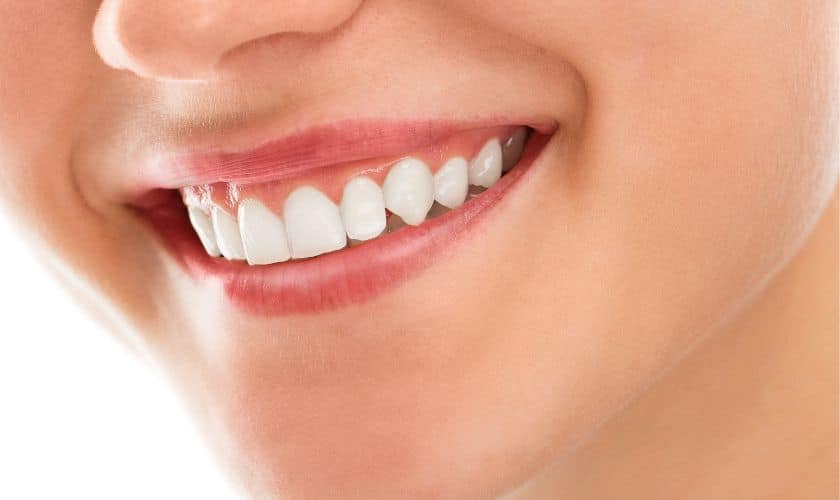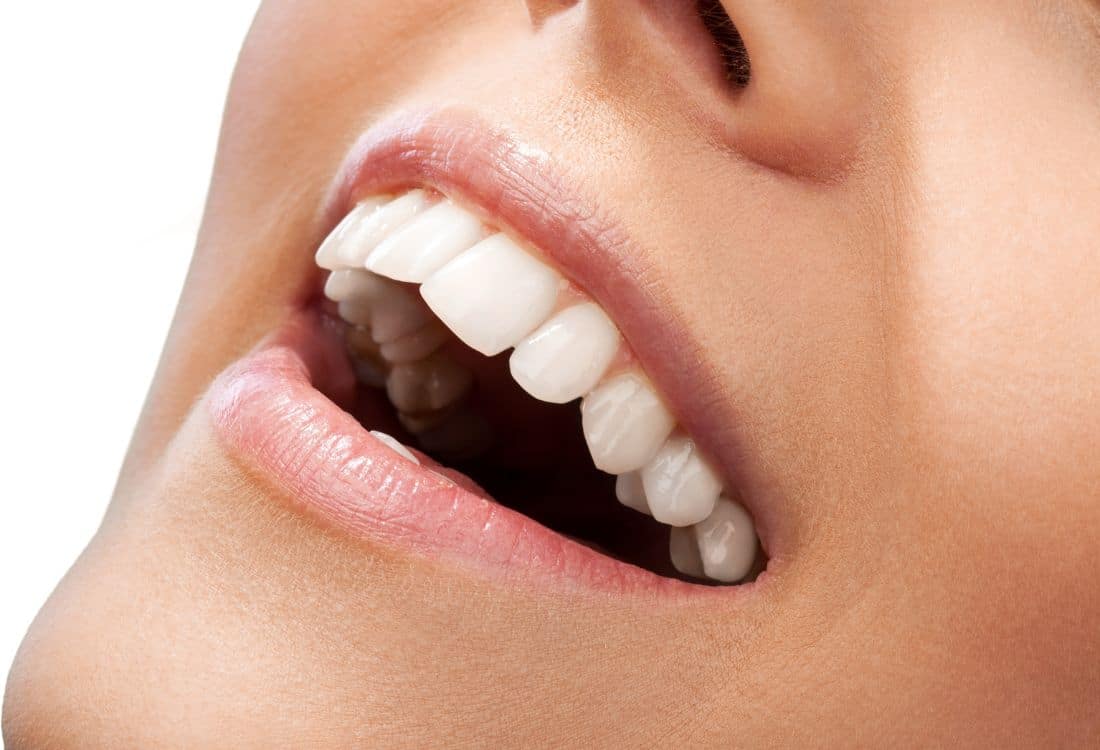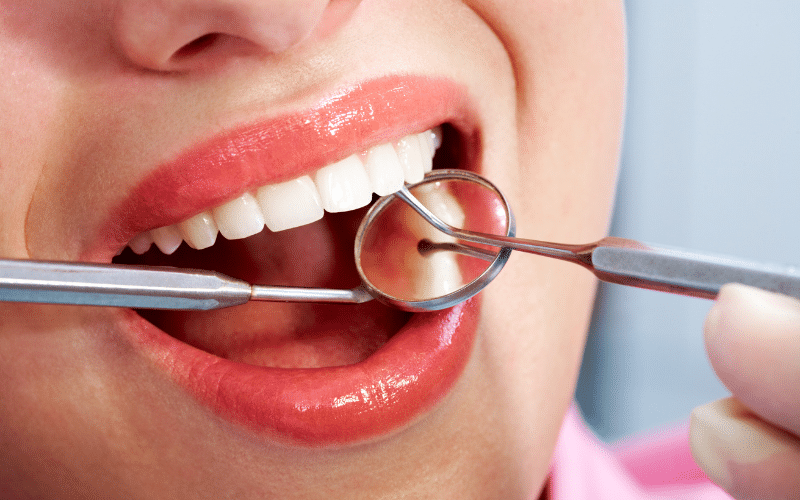
Are you looking for a simple and effective way to enhance your smile without undergoing complex and expensive procedures? Dental bonding might be the answer you’ve been searching for. This non-invasive cosmetic dentistry procedure can fix a variety of this issues, from chipped and discolored teeth to irregular gaps. In this article, we’ll explore the world of dental bonding, its benefits, procedure, and aftercare, so you can make an informed decision about improving your smile.
What Is Dental Bonding?
This is a cosmetic dentistry technique that involves the application of a tooth-colored resin material to the teeth. This material is meticulously shaped and sculpted to correct various dental imperfections. This is versatile and can address issues like chips, cracks, discolorations, irregular shapes, and even gaps between teeth. Unlike other procedures, This is a relatively quick and painless way to achieve a remarkable smile transformation.
Advantages Of Dental Bonding
This offers several advantages that make it an attractive option for individuals seeking cosmetic dental improvements. One of the primary benefits is its minimally invasive nature. Unlike procedures like veneers or crowns, which require more extensive enamel removal, bonding preserves most of your natural tooth structure.
Another advantage is the speed of the procedure. While some cosmetic treatments span over multiple visits, dental bonding can often be completed in just one visit to your dentist’s office. Additionally, bonding is relatively cost-effective compared to other cosmetic dental options, making it accessible to a wider range of individuals.
The Dental Bonding Procedure
Preparation and Anesthesia
Before the bonding process begins, your dentist will conduct a thorough examination to ensure that this is suitable for your needs. Anesthesia is typically not required unless the bonding is being used to fill a cavity. Your dentist will choose a resin color that closely matches your natural teeth.
Bonding Process
The bonding process starts with the dentist applying a conditioning liquid to the tooth surface. This helps the bonding material adhere effectively. The tooth-colored resin is then applied and molded to achieve the desired shape and contour. The material is soft and putty-like, allowing your dentist to sculpt it precisely.
Color Matching
Matching the color of the resin to your natural teeth is a crucial step in achieving a seamless result. Dentists have a keen eye for color and will select the shade that blends seamlessly with your smile.
Shaping and Curing
Once the resin is shaped to perfection, a special light is used to harden and cure it. This ensures the material becomes strong and durable, capable of withstanding normal biting and chewing forces.
Polishing and Final Touches
After the resin has hardened, your dentist will further shape and polish it to mimic the sheen of natural teeth. This step enhances the appearance of the bonding and ensures it feels comfortable within your mouth.
Aftercare Tips
Maintaining your bonded teeth is relatively simple. Practicing good oral hygiene habits like regular brushing, flossing, and attending dental check-ups will help prolong the lifespan of your dental bonding. While the resin is durable, it’s essential to avoid habits like biting on hard objects or using your teeth as tools, as this could damage the bonding material.
How Long Does Dental Bonding Last?
The lifespan of this can vary based on factors such as oral hygiene, diet, and lifestyle habits. On average, this can last anywhere from 3 to 10 years. If the bonding becomes discolored or damaged, it can easily be repaired or replaced.
Who is an Ideal Candidate?
This is an excellent option for individuals with minor cosmetic dental concerns. It’s suitable for correcting small chips, cracks, gaps, and discolorations. If you’re looking for a quick and budget-friendly way to enhance your smile, This might be the perfect solution.
Comparing Dental Bonding With Veneers and Crowns
While dental bonding is an effective option for minor cosmetic improvements, veneers and crowns offer more extensive transformations. Veneers are thin shells that cover the front surface of teeth, while crowns encase the entire tooth. Your dentist can help you determine which option aligns with your goals and needs.
Boost Your Confidence With Dental Bonding
This offers a simple yet impactful way to boost your confidence and achieve the smile you’ve always wanted. Its natural appearance, quick procedure, and minimal invasiveness make it an attractive choice for individuals seeking a subtle but effective transformation.
Dental bonding is a versatile and cost-effective cosmetic dentistry procedure that can address a range of dental imperfections. From chips and cracks to discolorations and gaps, bonding provides a solution that preserves your natural tooth structure. With its painless procedure, quick results, and long-lasting effects, dental bonding is a fantastic option for individuals looking to enhance their smiles.



